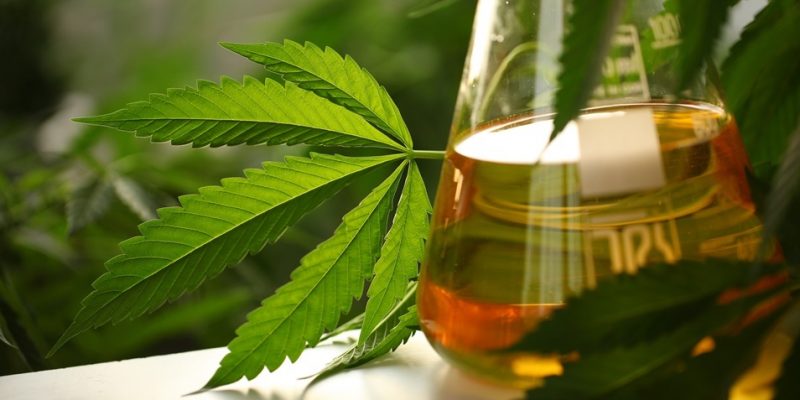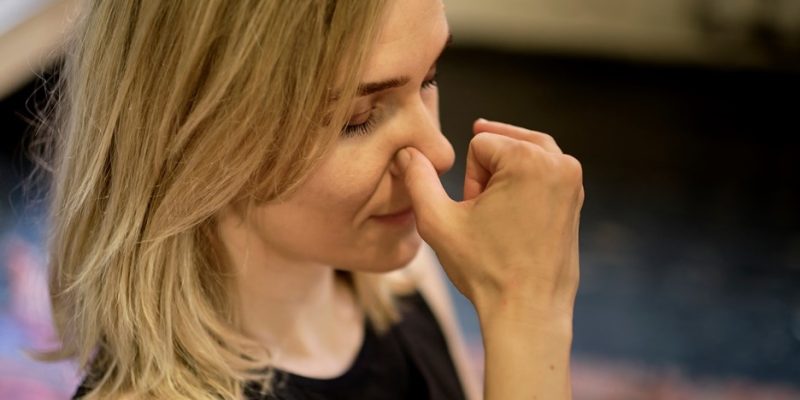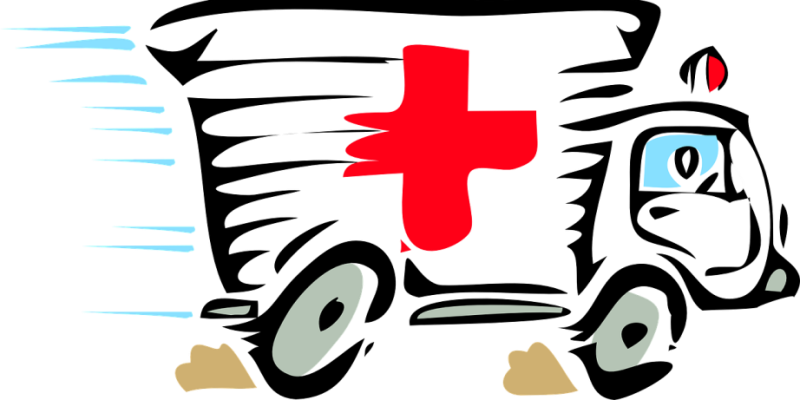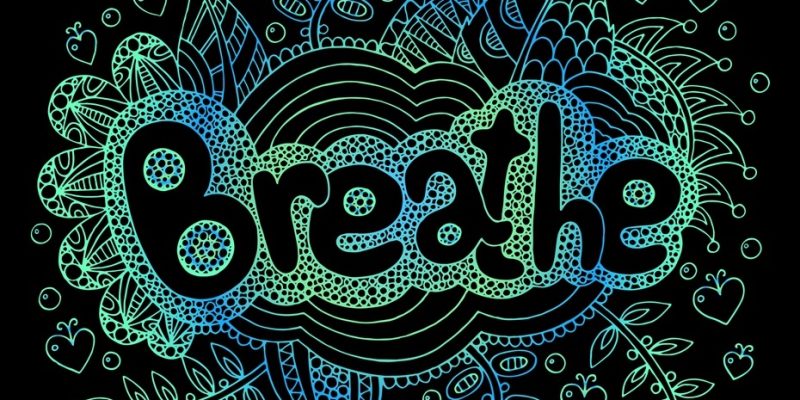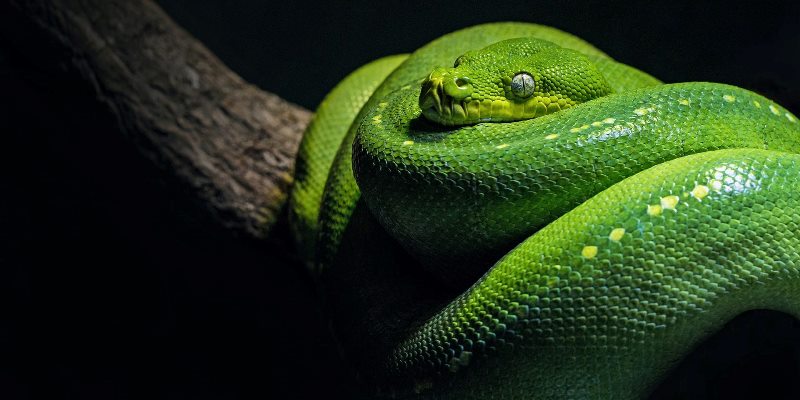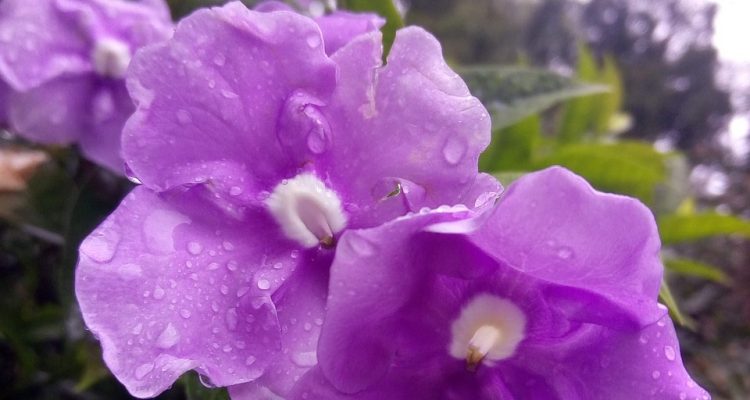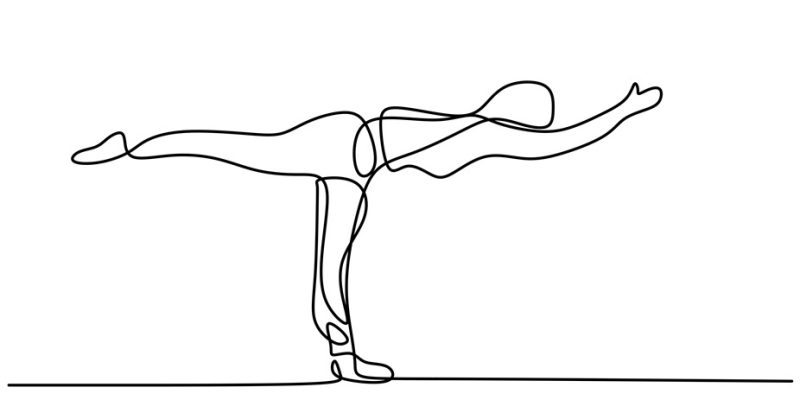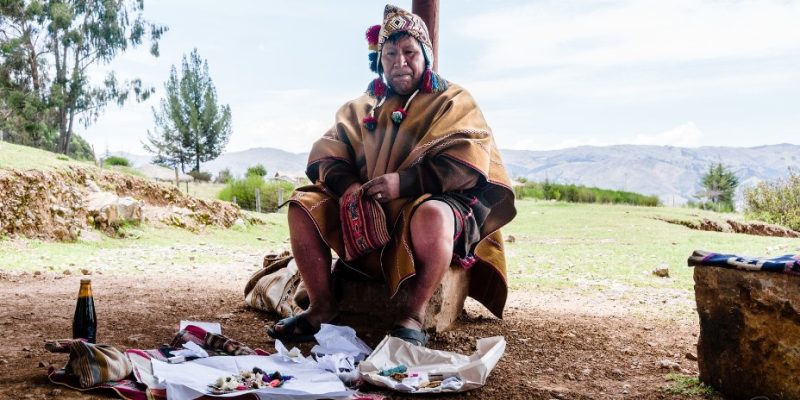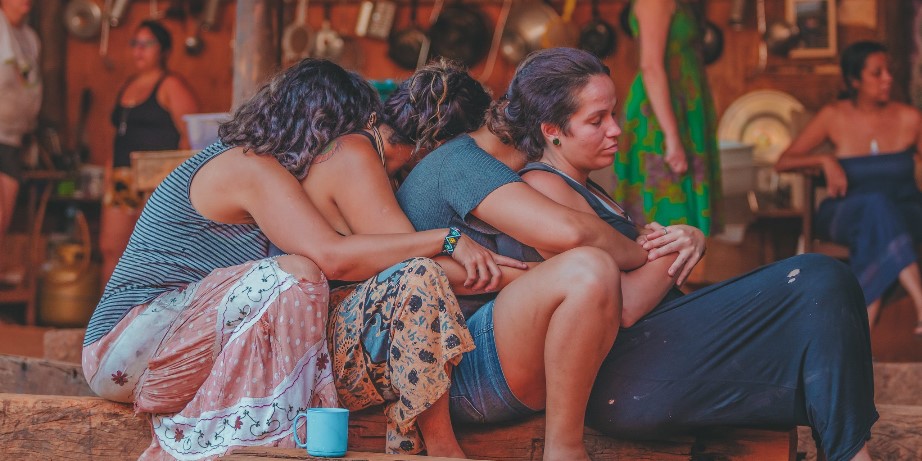
The word appropriation has several meanings, but the meaning we talk about in this post is that of to “take something for one’s own use, typically without the owner’s permission.” We will further on also address the meaning of reappropriation, which implies that one “reclaims or recovers something for one’s own use.”
Appropriation and reappropriation in traditional massage, bodywork, and herbal practices is an interesting phenomenon. It’s particularly recurring between East and West, that is, between Oriental and Occidental countries and cultures, but also, for instance, between the West and the Indigenous cultures of the Americas.
By the way, this type of practices is also called cultural appropriation, although some prefer to call it cultural appreciation, the latter in fact being a way to “beautify” the implications of appropriation.
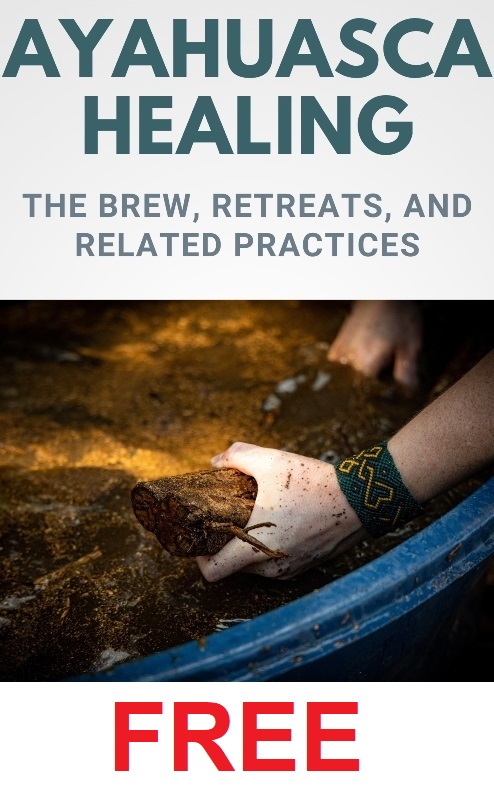
The West has appropriated a range of traditional massage, bodywork, and herbal therapies, such as Yoga, Guasha, Ayahuasca, Thai Massage, Shiatsu, Curanderismo, and Lomi-Lomi, to just give some examples. It typically means that these traditional modalities have been brought to the West to be practiced in the West, usually in a “modified” form, adapted to the habits, expectations, and wishes of a Western public.
Moreover, Western therapists or practitioners have invented many “derived” therapies, add-ons, or specialties around these traditional treatments. For instance, let’s take a look at Yoga. Yoga, in its traditional form, was a practice to enhance one’s meditation practice in order to achieve Spiritual Enlightenment. The West took the Yoga practice and created Yoga as Exercise, Yoga Therapy, Flying Yoga, Postnatal Yoga, Baby Yoga, Wall Yoga, Prenatal Yoga, Restorative Yoga, and so on.
What happened next was that India took up these new Western-style Yoga modalities and marketed them as an Indian invention, even to be studied in India, or to be re-exported to the West by Indian Yoga Gurus. That is reappropriation. The Indians did so because it’s of course financially interesting, but also because some believe that the West saw something in Yoga which they themselves didn’t see. That is, the West interpreted their practices (through Western eyes), which subsequently became a partly “Indian eye.”
The same also happens with Ayahuasca retreats and ceremonies. Often led by Westerners and/or with the help of “authentic Shamans” and organized with Western expectations and viewpoints in mind, performed both in Central and South American countries and in the West, the use of Ayahuasca has increasingly become a commercialized, hyped, watered-down “party” or “event,” typically exaggerating the visual-psychedelic special effects and the instant efficacy of the drug in solving all one’s problems.
Moreover, traditionally, Ayahuasca was seldom administered in a group setting, but in one-on-one healing sessions with a Shaman. On top of that, it was rare that the patient would drink Ayahuasca. It was rather the Shaman who would consume Ayahuasca in order to get help from Nature, the plant itself, and the Spirit World to heal the patient.

The question now is if there’s some kind of problem with cultural appropriation and cultural reappropriation. Well, actually, there’s nothing intrinsically wrong there, because the traditional practices were often also the result of cultural appropriation, but then in other, sometimes unknown historic times. There’s always been cultural exchange, things develop, the world develops, and things change accordingly, and the same counts for traditional healing practices.
Nevertheless, things go in ambiguous directions when healers, practitioners, or teachers start to claim or pretend that their appropriated and modified form is actually the original form. Additionally, the West is an absolute master in “specialization,” commercialization, and taking things out of their original contexts, and subsequently corrupts treatment modalities into disconnected, unrecognizable practices.
Anyway, in a general sense cultural appropriation and reappropriation are perfectly normal phenomena, even highly desired and healthy for the further development of any healing art. However, instructors and practitioners need to be clear and honest about the modalities or treatments they teach or apply, and not hesitate to clarify what it is they do, and explain to their students or clients that they work with such and such a modified, or “adapted” form, from such and such a lineage or teacher, for this or that purpose.
By doing so, they show due respect to the tradition, the culture, and clients they make money and a living with, keep their integrity, and share a more valuable understanding and version of the work they do and its historical background.







